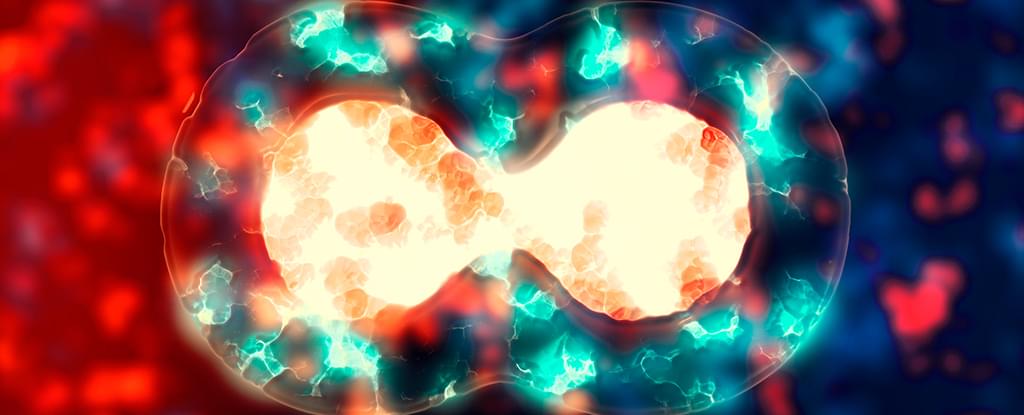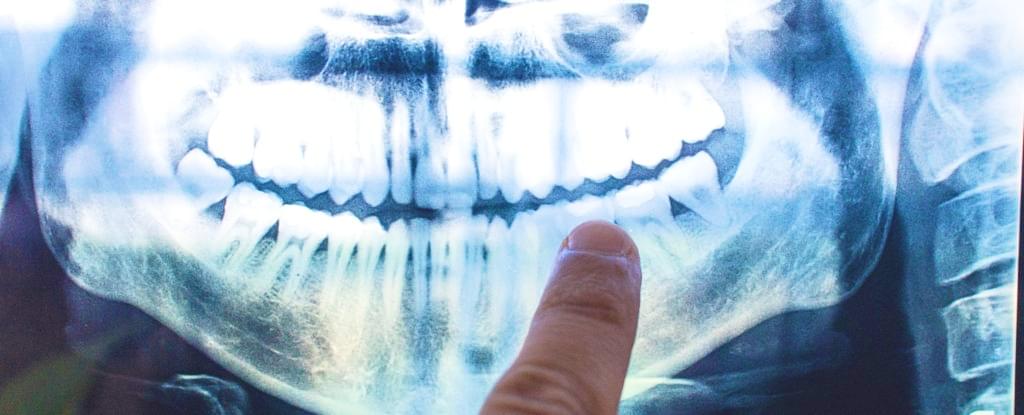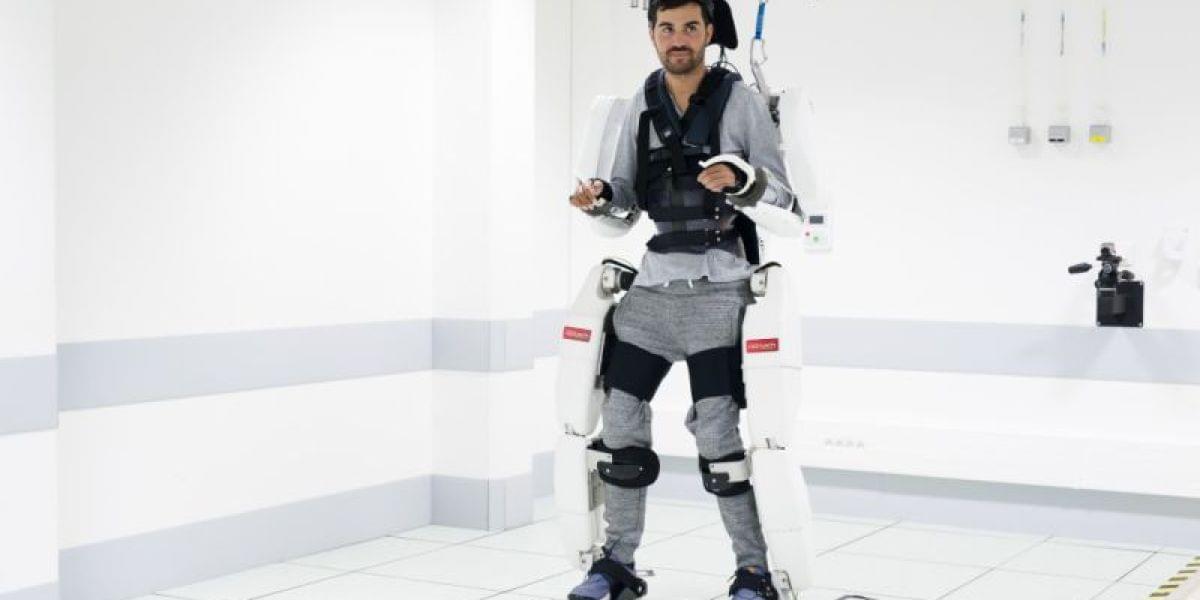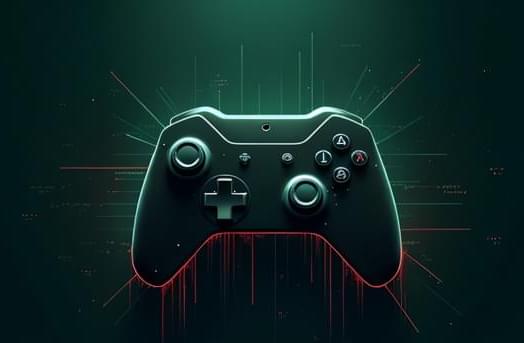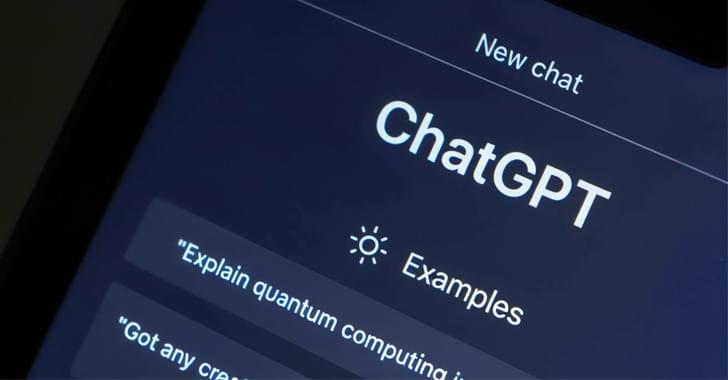
A groundbreaking data storage technology could preserve an entire human genome in a tiny 5D memory crystal. Developed by researchers at the University of Southampton, this innovation has the potential to last billions of years, offering an unprecedented solution for long-term data preservation.
Beyond human genetics, the technology could safeguard the genomes of endangered species. If future science enables species revival, these stored genetic blueprints might help restore lost biodiversity. The crystals could also serve as an indestructible archive of human knowledge.
Unlike conventional storage methods —hard drives, magnetic tapes, or optical discs—the 5D crystal doesn’t degrade over time. Standard formats fail within decades, but this breakthrough resists extreme conditions without data loss. It could endure for billions of years, even in the harshest environments.



